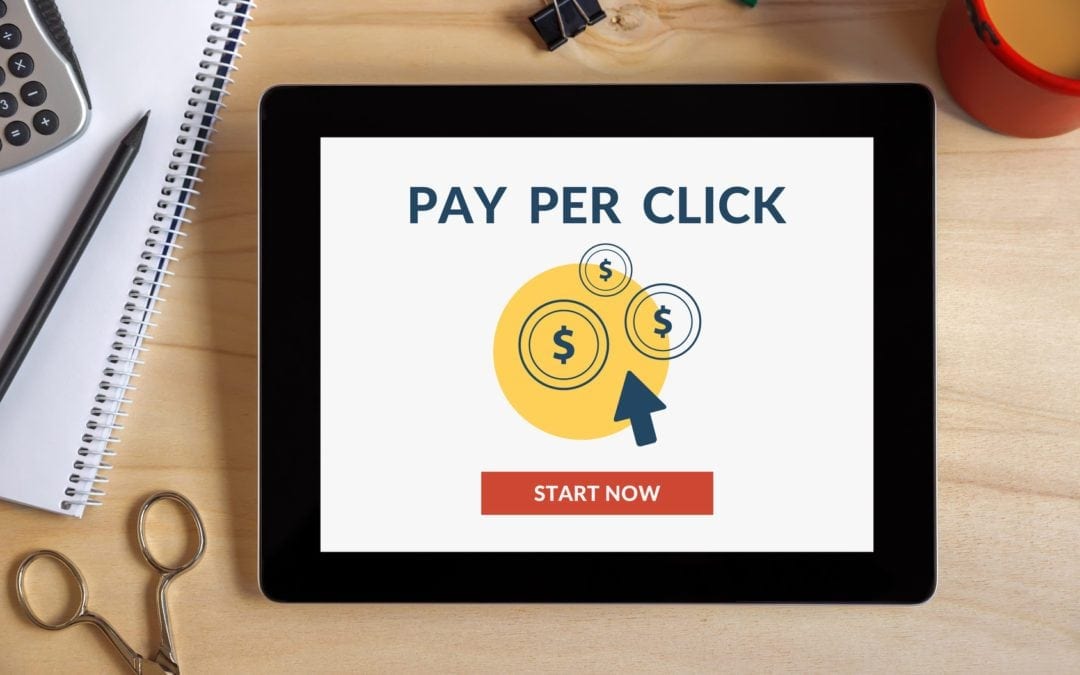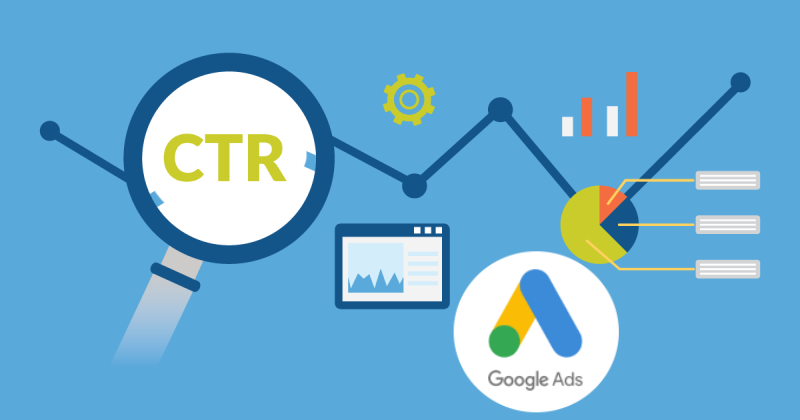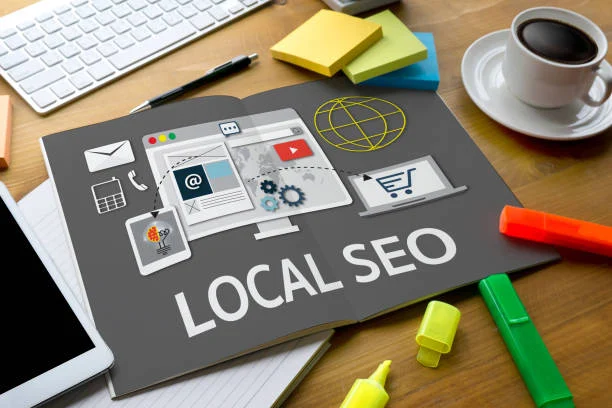Table of Contents:
- Introduction to Google Ads and Facebook Ads
- How Google Ads Works
- How Facebook Ads Work
- Key Differences Between Google Ads and Facebook Ads
- Cost Comparison: Google Ads vs Facebook Ads
- Performance Metrics That Matter
- 5 Key Questions Answered
- Case Studies: Real-World Comparisons
- When to Use Both Together
- Future of Digital Advertising: Google vs Meta
- Final Thoughts: Google Ads vs Facebook Ads
- Strong Call-to-Action from Excell
Introduction to Google Ads and Facebook Ads
- Google Ads is like fishing with bait; you’re targeting users who are already searching for something (high intent).
- Facebook Ads is like casting a wide net; you’re introducing your brand to new audiences who may not even know they need you yet.
How Google Ads Works
Google Ads is a pay-per-click (PPC) platform where advertisers bid on keywords. When users search those keywords, ads appear above organic results.

- Search Ads – Text-based ads appearing on Google search results.
- Display Ads – Banner or image ads across millions of partner websites.
- Shopping Ads – Product-based ads featuring images, prices, and reviews.
- YouTube Ads – Video ads that play before or during YouTube content.
- Local Service Ads – Perfect for businesses targeting a specific region.
- High intent: Captures people who are ready to buy.
- Scalability: Works for small businesses and large enterprises.
- Measurable results: Track clicks, conversions, and ROI with precision.
How Facebook Ads Work
- Image ads (single picture, strong call-to-action)
- Video ads (great for storytelling and demonstrations)
- Carousel ads (multiple products in one ad)
- Lead forms (in-app lead generation without leaving Facebook)
- Dynamic ads (personalized ads based on browsing behavior)
- Massive reach: Over 3 billion active users across Meta platforms.
- Visual storytelling: Eye-catching ads for lifestyle and consumer brands.
- Engagement-friendly: Likes, shares, and comments amplify visibility.
Key Differences Between Google Ads and Facebook Ads
- User Intent: With Google Ads, you’re reaching people who are actively searching for solutions. These users already have a problem and want an answer now. On Facebook Ads, you’re reaching people who are passively scrolling and discovering new products or services they weren’t necessarily looking for.
- Ad Trigger: Google Ads is driven by keywords. If someone types in “best running shoes,” ads appear based on that exact search. Facebook Ads, on the other hand, are triggered by audience demographics and interests. You can target people by age, location, hobbies, or even their shopping habits.
- Best For: Google Ads is ideal for high-intent purchases and lead generation, where speed and timing are critical. Facebook Ads work best for brand awareness and lifestyle marketing, where visual engagement and storytelling help influence buying behavior.
- Cost Structure: Google Ads often comes with a higher cost-per-click (CPC), but that’s because users are further down the buying funnel and more likely to convert. Facebook Ads typically offer a lower CPC, making it more cost-effective for reaching large audiences, though those users may not convert right away.
- Strength: Google Ads excels at immediate conversions by capturing demand in real time. Facebook Ads excels at engagement and loyalty building, creating more substantial brand presence and relationships over time.
Cost Comparison: Google Ads vs Facebook Ads
- Google Ads
- Average CPC: $1–$4 (but $20–$50+ in competitive industries like law, finance, insurance).
- There is a strong ROI because users are closer to conversion.
- Facebook Ads
- Average CPC: $0.50–$1.50, depending on industry.
- Cheaper reach, but the conversion funnel is longer.
Performance Metrics That Matter
When comparing Google Ads vs Facebook Ads, don’t just look at CPC. Consider these:

- CTR (Click-through rate): Shows how compelling your ad is.
- CPA (Cost per acquisition): The actual cost of acquiring a customer.
- Conversion rate: Google often wins here due to buyer intent.
- Engagement metrics (likes, shares, comments) show that Facebook dominates in building social proof.
5 Key Questions Answered
- B2B → Google Ads works better for capturing leads searching for solutions.
- B2C → Facebook Ads shines for products, e-commerce, and lifestyle services.
- Google Ads: Intent-based (keywords).
- Facebook Ads: Demographic + psychographic (interests, behaviors).
- Both are strong, but in different ways.
Case Studies: Real-World Comparisons
- Local Service Business (Plumbing Company)
- Google Ads: Generated 25 calls in a week at $20 per lead.
- Facebook Ads: Generated 100 clicks, but only five leads at $50 per lead.
- Winner: Google Ads (higher conversions).
- E-Commerce Store (Fitness Apparel)
- Google Ads: Good sales, but limited to search demand.
- Facebook Ads: Exploded sales with viral video ad campaign.
- Winner: Facebook Ads (brand reach + engagement).
- B2B SaaS Company
- Google Ads: 300% ROI targeting “CRM software for small business.”
- Facebook Ads: Helped nurture leads via retargeting.
- Winner: Combination of both.
When to Use Both Together
- Google Ads captures demand by reaching people actively searching for a product or service.
- Facebook Ads create demand: They introduce your brand to people who may not even know they need your solution yet.
- Together, they form a loop where discovery and demand creation feed into purchase intent, and intent-driven searches reinforce brand trust.
- Example: A skincare brand runs Instagram video ads showing before-and-after results. The goal is to spark curiosity and create awareness among people interested in beauty and wellness.
- Facebook Retargeting: Show carousel ads featuring the products they browsed or abandoned in their cart.
- Google Display Retargeting: Serve banner ads on other websites they visit, reminding them of your brand.
- Example: That same skincare brand retargets users who watched 50% of the Instagram video ad with a carousel ad of its best-selling products. Meanwhile, users who visit the website start seeing Google Display ads on blogs and news sites.
- Example: The skincare brand’s Google Ads show up at the top of search results with a direct “Shop Now” CTA, converting the prospect into a paying customer.
Future of Digital Advertising: Google vs Meta
Digital advertising isn’t standing still. Both Google and Meta (Facebook’s parent company) are constantly innovating to give advertisers better tools, while also adapting to challenges like privacy regulations and shifting consumer behaviors. Understanding these changes can help businesses prepare for the next 3–5 years of online marketing.

- Google Ads already uses AI in its Smart Bidding strategies (like Target CPA and Target ROAS), allowing businesses to maximize conversions without manual adjustments. With tools like Performance Max campaigns, Google combines search, display, shopping, and YouTube ads into one AI-driven system that learns and improves automatically.
- Meta Ads is heavily investing in AI-driven creative optimization. Its Advantage+ campaigns test multiple ad variations and automatically serve the best-performing combinations of headlines, visuals, and calls-to-action.
- Impact on Meta Ads: Facebook Ads were hit hardest since much of its targeting relied on third-party tracking and lookalike audiences. Advertisers saw reduced accuracy in reporting and higher acquisition costs.
- Impact on Google Ads: While also affected, Google is better positioned due to its massive ecosystem (Search, Gmail, Maps, YouTube), where it collects first-party data directly. Additionally, with Chrome phasing out third-party cookies, Google is developing privacy-safe solutions like the Privacy Sandbox.
- Google’s YouTube Ads: With billions of monthly users, YouTube remains the second-largest search engine in the world. Skippable in-stream ads, bumper ads, and YouTube Shorts are giving brands more ways to reach audiences through engaging video formats.
- Meta’s Reels Ads: Facebook and Instagram Reels are Meta’s fastest-growing features. Short, entertaining videos are quickly becoming a primary way to discover brands, especially for younger demographics.
- Google’s ecosystem (Search + YouTube + Display) captures intent-driven actions.
- Meta’s ecosystem (Facebook + Instagram + Messenger) builds awareness and community.
- A user searches for “best hiking shoes” on Google and clicks a product ad.
- Later, that same user scrolls through Instagram and sees a retargeting ad from the same brand.
- Finally, they watch a product review on YouTube before making the purchase.
- 👉 What this means for businesses: Customers don’t live on one platform. To stay competitive, companies must invest in cross-platform strategies where Google Ads and Meta Ads work together to guide buyers across the funnel.
Final Thoughts: Google Ads vs Facebook Ads
- Want fast leads and sales? → Google Ads.
- Want long-term brand growth and audience engagement? → Facebook Ads.
- Want the best of both worlds? → Use both together for maximum impact.
Strong Call-to-Action from Excell
At Excell, we don’t just run ads; we create custom digital advertising strategies that maximize every dollar of your budget. Whether you’re a local business or a global brand, we’ll help you decide where to invest in Google Ads, Facebook Ads, or both.

Contact us:
6420 Richmond Ave., Ste 470
Houston, TX, USA
Phone: +1 832-850-4292
Email: info@excellofficial.com



